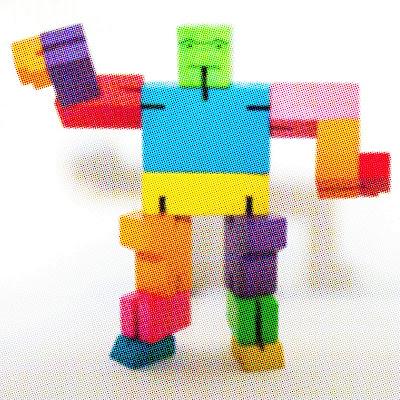
Brooks Riley just hipped me [whoa! I’m dating myself, aren’t I?] to a good article about Chat by Ian Bogost: ChatGPT Is Dumber Than You Think, The Atlantic, December 7 (Pearl Harbor Day, Noam Chomsky’s birthday, and mine as well). I’ve not read the whole thing, but I quickly zipped my way to the and where I found this:
Absent further structure, it’s no surprise that ChatGPT’s users frame their own creations as either existential threats or perfected accomplishments. Neither outcome is true, but both are also boring.
That outcome could be revelatory! But a huge obstacle stands in the way of achieving it: people, who don’t know what the hell to make of LLMs, ChatGPT, and all the other generative AI systems that have appeared. Their creators haven’t helped, perhaps partly because they don’t know what these things are for either. OpenAI offers no framing for ChatGPT, presenting it as an experiment to help “make AI systems more natural to interact with,” a worthwhile but deeply unambitious goal. Absent further structure, it’s no surprise that ChatGPT’s users frame their own creations as either existential threats or perfected accomplishments. Neither outcome is true, but both are also boring. Imagine worrying about the fate of take-home essay exams, a stupid format that everyone hates but nobody has the courage to kill. But likewise, imagine nitpicking with a computer that just composed something reminiscent of a medieval poem about a burger joint because its lines don’t all have the right meter! Sure, you can take advantage of that opportunity to cheat on school exams or fake your way through your job. That’s what a boring person would do. That’s what a computer would expect.
Computers have never been instruments of reason that can solve matters of human concern; they’re just apparatuses that structure human experience through a very particular, extremely powerful method of symbol manipulation. That makes them aesthetic objects as much as functional ones.
Note well:
Absent further structure, it’s no surprise that ChatGPT’s users frame their own creations as either existential threats or perfected accomplishments. Neither outcome is true, but both are also boring.
Is AI, ultimately, going to be a call to play, Homo Ludens? If that’s what’s on the horizon, I fear our industrious culture will do everything it can to stifle it, to “workify” it.

